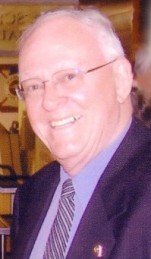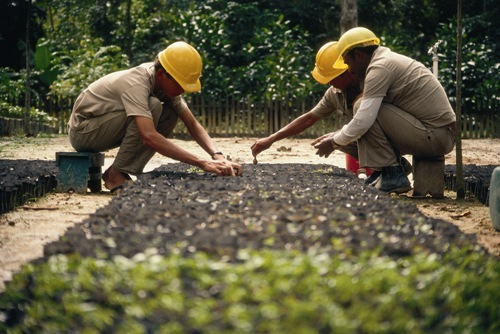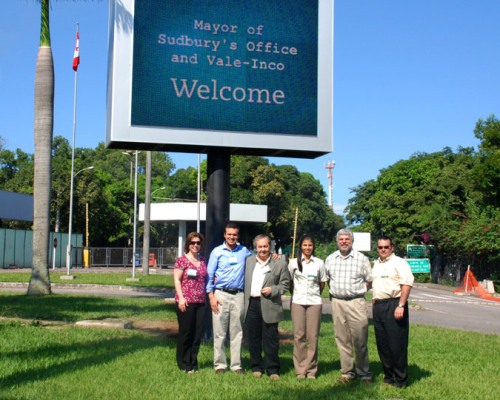This article was provided by the Ontario Mining Association (OMA), an organization that was established in 1920 to represent the mining industry of the province.
Renowned demographer David Foot, author of the best selling book Boom, Bust & Echo, provided miners with some guidance in building their workforces of the future. He made a lengthy interactive presentation on “Profiting from the Demographic Shift in the 21st Century” at the Ontario Mining Association conference “Demographics, Global Markets and the Future Workforce” held in Windsor last week. On the national level, mining is looking for an estimated 92,000 new employees over the next decade.
Mr. Foot, who is a professor of economics at the University of Toronto, is a demographer who has gained celebrity status. He has changed the way people think about population trends. His presentation helped the mineral audience better understand the impact change and population growth will have on their industry, their company and their organizations.




























